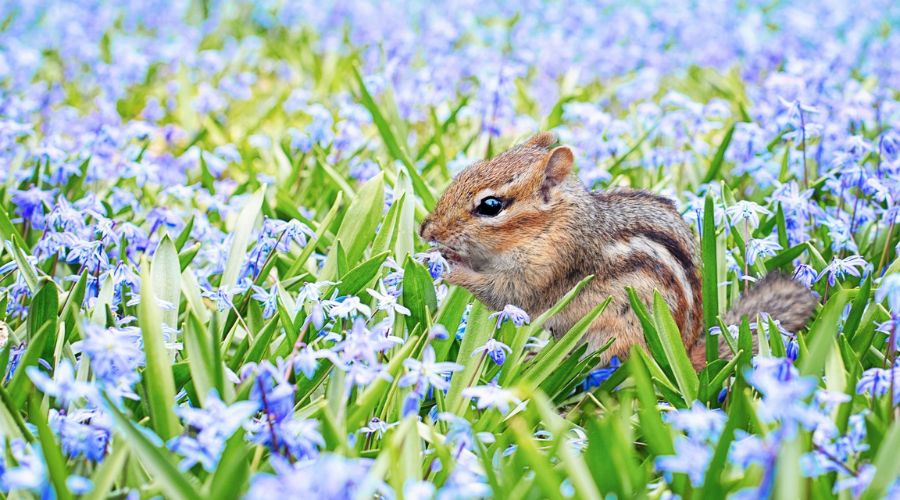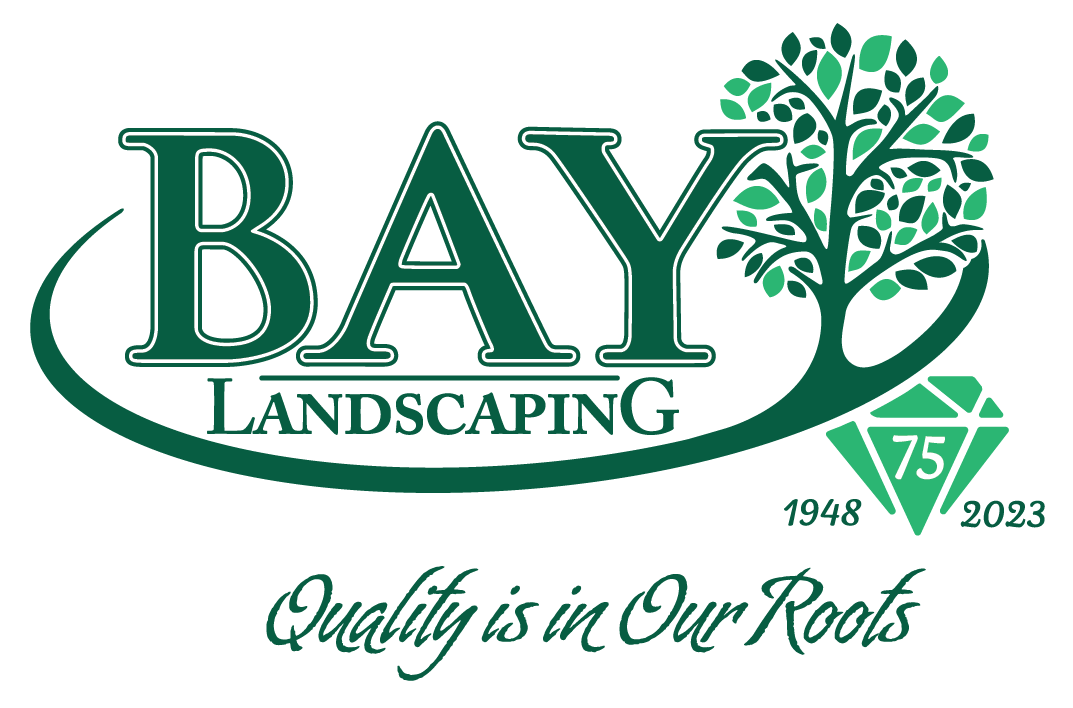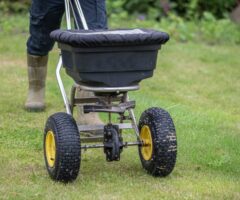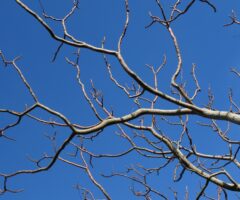What is Natural Landscaping?
With today’s concerns about invasive species, sustainability, and the impact of chemical pesticides, it’s no wonder more and more people are considering a natural or “native plant” landscape design for their yards.
But what do we mean by “natural landscapes?”
Sometimes called “native gardening,” natural landscaping is the practice of using native plants and trees to mimic the wild landscapes found in nature. While there are many variations of this type of landscape design, the significant difference between natural gardening and traditional landscaping is the incorporation of a variety of native plants and trees.
Most landscaping in suburban neighborhoods looks the same, a monoculture of grass with little diversity among plants. This looks tidy, but it lowers local biodiversity. Natural gardening, on the other hand, creates an ecosystem made up of native species and can have positive impacts on local biological communities and your property.
 Natural Landscape Does Not Mean “Meadow”
Natural Landscape Does Not Mean “Meadow”
While some people think a natural landscape will transform their property into a meadow, we don’t recommend this extreme strategy. Turning your yard into a meadow will require significant upkeep that most homeowners don’t have the time or energy to invest.
However, when creating natural spaces by incorporating more natural plants and trees on your property, you can still get the advantages of a completely natural landscape.
Elements of a Natural Landscape
Whether considering a monoculture like a lawn or a wilder, natural landscape, it all starts with the plants. Natural landscapes typically consist of the following:
- Native grasses
- Native wildflowers
- Native tree and shrub species
The common thread here is native plant species. Native plants attract native wildlife, including pollinators, birds, seed-eating mammals, and reptiles. This is an important consideration when it comes to natural gardening: Native habitats invite native wildlife.
Advantages of a Natural Landscape
While biodiversity is a major plus for incorporating natural landscapes on your property, there are some practical advantages as well. Here are three advantages you get from a natural landscape design:
- Natural landscapes use less water
- Natural landscapes generate less green waste
- Natural landscapes are more resistant to pests and disease
Natural Landscapes Use Less Water
Since natural landscaping consists of plants that grow naturally in the area, these plants are well-adapted to the environmental conditions. This means we can be less concerned with the irrigation systems and excessive watering needed to keep traditional landscaping elements like lawns thriving.
With native gardens, we can also be confident that the plants are hardy enough to tolerate the local climate.
Natural Landscapes Generate Less Green Waste
Compared to weekly lawn mowing, native plant gardening generates much less biomass than a traditional landscape design. While there will always be some maintenance and weeding associated with any landscape design, a natural garden generates a fraction of the green waste seen in traditional landscaping.
Natural Landscapes are More Resistant to Pests and Disease
The benefit of natural plants for pest control is twofold. Not only are native plants more resistant to pests and diseases in the area, but by including the right mix of native plants, you’ll attract beneficial insects that will help control pest populations naturally.
Disadvantages of a Natural Landscape
Based on the glowing praise we’ve given natural landscaping, you’re probably wondering why anyone would choose a traditional landscape design. Well, though there are advantages to natural landscaping, there are still downsides and challenges.
Here are three downsides to a natural landscape design:
- Natural landscaping can look a bit messy
- Natural landscaping will attract critters
- Natural landscaping still require maintenance
Natural Landscapes Can Look a Bit Messy
Natural landscape designs mimic the natural landscapes of the wild. This means they will not look tidy. While natural gardens can be managed and groomed, they will never look as uniform and neat as a traditionally maintained landscape design.
And depending on who your neighbors are, natural landscaping may not be appreciated. This is a significant consideration for people subject to homeowners’ association (HOA) rules.
 Natural Landscapes Will Attract Critters
Natural Landscapes Will Attract Critters
Natural spaces will attract natural life. Native plants and trees aren’t in the wild just to make the environment look nice; they also provide a habitat and resources for wild animals.
A natural landscape design on your property will draw in the same creatures found in the wild such as rodents, snakes, other reptiles, and new insect species. You may have to implement some new pest management strategies to help control the border between your natural and indoor spaces.
Natural Landscapes Still Require Maintenance
Though you won’t be mowing the lawn weekly, natural landscapes will still require maintenance. Some of this maintenance will be optional, depending on your preferences. Other maintenance, such as weeding, must be done to keep your natural space healthy.
Natural landscaping will generally be pesticide and herbicide free. While this is a positive for the environment in general, it still invites weeds and invasives. Wind, birds, and other wildlife can bring in plant species you don’t want to be included in your natural garden.
There will always be some work involved in maintaining a natural space.
Things to Consider Before Creating Your Natural Landscape
While there are many advantages to implementing a natural landscape design on your property, we’ve summarized the considerations discussed in this article:
- Is your property subject to HOA rules that limit native plant gardening?
- Are you comfortable with the additional wildlife a natural landscaping attracts?
- Are you comfortable with the “wild” appearance of a natural landscaping?
- Are you prepared to maintain a natural landscape?
Is a Natural Landscape Right for You?
If you’re considering a natural landscape in the Great Lakes Bay Region, Bay Landscaping is the natural place to start. In addition to being experts in all aspects of landscaping, we’re familiar with the zoning requirements for landscaping in the area. In fact, we helped write the rules!
Ready to get the landscape design of your dreams? Contact us and let us help you bring your landscape vision to life. Bay Landscaping has the experience to provide you with installation, maintenance, and nursery services across the entire Great Lakes Bay Region!






